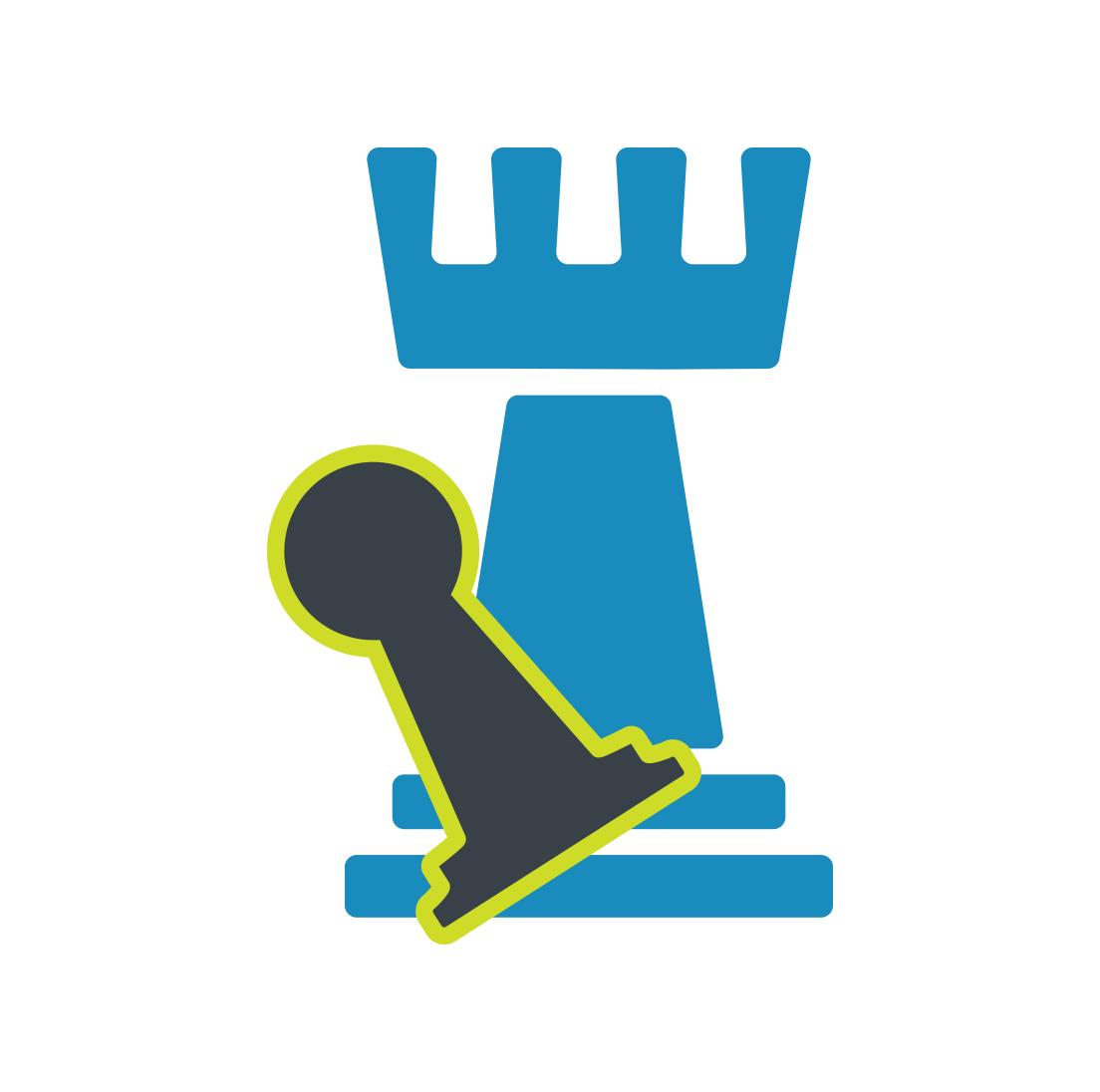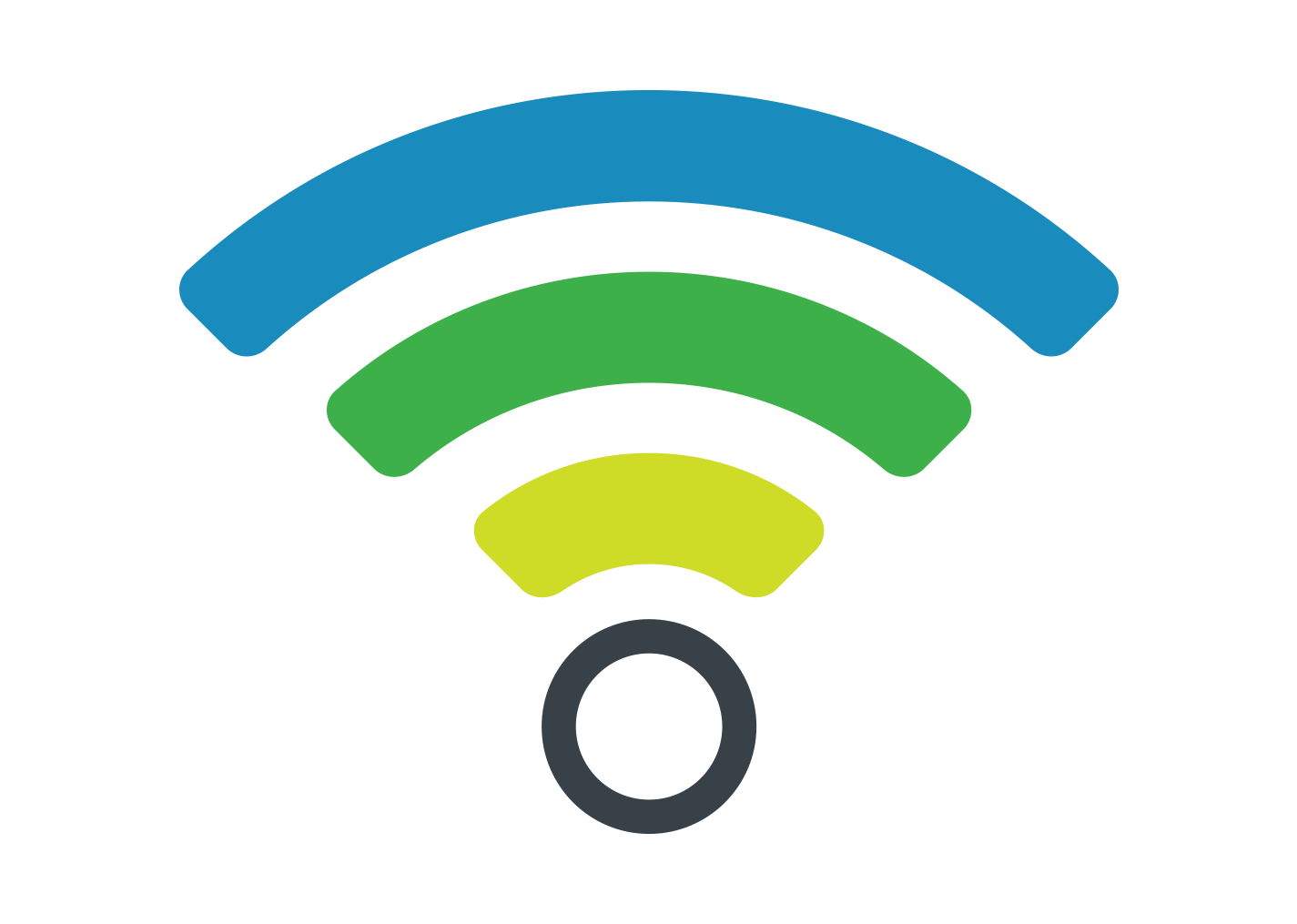
- What Is Content Marketing
- Content Strategy
- Content Planning
- How We Help
CONTENT MARKETING
In today's digital age, businesses use content marketing to build their brand, attract new customers, and engage with their existing audience. But just like any otter marketing, the success of content marketing fully depends on the effort you put into it.
If you haven't yet jumped on the bandwagon, you might be asking what exactly content marketing is and how you can use it to achieve your business goals. We've got you covered with this: a complete guide to content marketing, from audience research to content creation, distribution, and promotion.
So, whether you're new to content marketing or looking to take your strategy to the next level, this guide has everything you need to know to succeed.
Content marketing is the strategic creation and distribution of targeted content that is used to attract and generate leads.
What is Content Marketing?
To start out with, let's take a look at what content marketing actually is. Simply put:
Content marketing is the strategic creation and distribution of targeted content that is used to attract and generate leads.
Content can include blog posts, social media updates, e-books, whitepapers, podcasts, videos, and webinars–any content that you create in order to reach your target audience. Distribution can include emails, social posting, your website, and other platforms. Ultimately, content marketing is a strategy that aligns with your goals, vision, and brand. It is a crucial part of an inbound marketing approach–which means it's meant to attract, engage, and delight your target audience.

Hopefully, the answer to why content marketing matters is self-explanatory. In case you need more convincing, here are some key benefits to focusing your marketing efforts on content marketing:
- Better brand awareness
- Better organic rankings on search engines
- More traffic to your website
- More conversions
- Better customer engagement
- Better customer retention
Content marketing works to create a sense of community, establish consistency in your brand, provide education about what you offer and how you can solve customer problems, and build long-standing relationships with your customers. Content marketing puts your content in your audience's hands when they look for it, rather than disrupting them in the old ways of traditional outbound marketing. Inbound marketing strategies are the future of marketing–and it all starts with content.
Content Marketing Strategy
Your content marketing strategy–or content marketing plan, if you prefer–helps you and your team know what you're doing, why you're doing it, and what you want to accomplish. That means you have a plan for the content you'll create, how you'll distribute it, and what its purpose is. Without one, you're throwing spaghetti at the wall and hoping something sticks–not always a terrible idea, but in most cases, you're wasting time and effort you could be spending elsewhere.
To create a strategy, you want to have goals, KPIs, a plan for the content itself and where it will go, and a budget (not just a monetary budget; it's good to have an idea of how much time you or someone else will spend on each part of the process). While you can go as in-depth in your planning and strategy as makes sense for your business, at minimum you want to ensure you have those four elements.
Let's look at each one of these strategic elements next.

Set Some Goals
When deciding upon goals for your content, take the SMART approach and ensure your goals are specific, measurable, attainable, relevant, and time-bound. This keeps you aligned with your company objectives and makes the rest of the process easier. Start by thinking broadly about what you'd like to achieve–is it brand awareness? Lead generation? Is there a specific campaign you want to highlight? Then, move into the particulars using the SMART framework.
For instance, if you want to set a goal to increase brand awareness, you can make it SMART:
S – Create X blog posts for your website
M – Track KPIs (more on that next!)
A – Based on a content calendar over the next X weeks
R – Content is about your company's offerings
T – And is posted on the same day each week
Create a Content Plan
Now that you have some goals, it's time to get into the nitty-gritty. Your planning here will involve not just the content production–the creation of the blog posts or newsletters or social posts–but all the other important pieces like audience, channels, distribution, and so forth.
We recommend using buyer personas and considering the buyer's journey for content creation. Creating a successful content plan isn't just about throwing together some blog posts and hoping for the best. You need to get inside the heads of your ideal customers and understand what they're looking for at each stage of their journey toward making a purchase decision.
Buyer personas allow you to identify the specific needs, pain points, and behaviors of your ideal customers. Then you create content that speaks directly to their interests and needs, making your brand more relevant and engaging. And by mapping out the different stages of the buyer's journey, you can create content that addresses their needs and concerns at each stage of the process.
Speaking of maps, we also suggest content mapping to keep track of what you have…and what you don't. Content mapping helps you create a plan for the content you will create and distribute to your personas based on their specific needs and interests at each stage of the buyer's journey.
If you already have content on your website, it's a good idea to create a map before you start creating content, too. This can help you identify and fill any gaps, ensuring you have content for all stages of the buyer's journey.
Determine KPIs
KPIs (Key Performance Indicators) are specific metrics that businesses use to track their performance and measure progress toward their goals. You'll determine your KPIs based on the content plan you have created, as well as your SMART goal(s).
Depending on those factors, your KPIs might include:
- Traffic to your website
- Engagement on social media
- Conversions (like form fills, purchases, or signing up for a newsletter)
- Customer retention
If you are spending money for some or all of your strategy–for example, using Pay-Per-Click (PPC) advertising or social media ads–your KPIs might include the ROI of ads.
If you have a lot of content on your site already, or if you have been using social media or email subscriptions for a while, your KPIs might look a little different and could include metrics like:
- Bounce rate
- Time on site
- Social media reach
- Click-through-rate (CTR)
- Subscriber growth
Some businesses find success in offering downloadable content, so KPIs related to that might include the number of downloads, the number of sales after downloads, or the number of shares or referrals.
Ultimately, KPIs should make the most sense in the context of your content plan and your SMART goals. Your KPIs will provide you with valuable insights into your content strategy so you can make informed decisions about your next steps.
Set a Budget
In addition to a plan and KPIs, you'll also want to figure out how much you can spend to create, distribute, and promote your content. Having your content strategy/plan and knowing what you want to get from your efforts should help you set up a plan for how much time you want your team to spend on content and whether you want to spend some dollars on advertising.
What's Your Long-Term Plan?

So, you've set your strategy, have your content map, and are ready to go–does that mean you should just jump right in and get started? You could, but we recommend ensuring you know what you're doing long-term. There are a few key considerations you should address here before and during your content marketing.
Some of the additional pieces here include:
- Creation: Who is conceptualizing, writing, and editing your content?
- Distribution: How will you get all that fantastic content in front of the right people?
- Promotion: How will you promote the content in the best ways to ensure max visibility?
- Analytics: How and when will you look at content performance?
- Optimization: How and when will you optimize the content based on the data?
Now let's look at some of these a bit more in-depth.
Creating Content
When you create content, make sure you have a balance of facts, jargon (don't overdo it!), and a human touch. Tailor your writing style to the platform it's meant for, and avoid copying and pasting the same material across different channels. Your content should be fresh, relatable, and thought-provoking to engage readers and elicit emotion. Don't limit yourself to just written content; videos, graphics, podcasts, and social media posts can also be valuable. To target your content, consider your buyer personas and where they are in the buyer's journey. The goal of any content is to get people to engage, so it's important to offer various methods by which they can consume information.
Maybe you don't need to write anything, and instead, you need to create an infographic or interactive content that better suits their needs and answers their questions better than any written content could. Different types of content affect people in different ways. The goal of all content is to get people to engage, so if you can create different methods by which they can consume information, then you open the door to varied individuals.
Distribution & Promotion
Obviously, creating high-quality content is just the first step. To truly get the most out of your content, you must have a strong distribution and promotion strategy. After all, what's the point of creating great content if nobody sees it?
Here are some pointers and steps to help you get the most out of your content.
- Know your audience: Before you start distributing and promoting your content, clearly understand who your target audience is and where they spend their time online. This will help you choose the right channels and tactics for promoting your content.
- Utilize multiple channels: Don't rely on a single channel to distribute your content. Instead, use a variety of channels, such as social media, email marketing, influencer outreach, and paid advertising, to reach a wider audience and increase your chances of success.
- Optimize for SEO: Make sure your content is optimized for search engines. This will help your content appear higher in search engine rankings and drive more organic traffic to your site.
- Leverage social media: Social media is a powerful tool for promoting your content, so make sure to share your content on your social media channels, engage with your followers, and use paid social media advertising to target your audience and increase visibility.
- Use email marketing: Email marketing is a great way to reach your target audience directly and drive traffic to your site. Make sure to segment your email list and personalize your messages to increase engagement and conversions.
- Measure and optimize: Finally, measure your content's performance and adjust your strategy as needed. Tools like Google Analytics can track metrics like traffic, engagement, and conversions. This data can allow you to optimize your distribution and promotion strategy effectively.
How Tribute Media Can Help
Creating content can be overwhelming, especially if your team is small or you don't know where to begin. We can help you at any stage of your content plan, from setting the strategy to creating the content to taking on your entire marketing efforts.

Here are just a few things we can do:
- Inbound marketing: We can work with you to create a holistic strategy that attracts, engages, and converts your target audience through a combination of content marketing, SEO, social media, email marketing, and other tactics.
- Content creation: Our team of skilled writers and designers can create high-quality, engaging content that resonates with your target audience and helps drive conversions.
- Content distribution: We can help you get your content in front of the right people through targeted distribution and promotion tactics, such as social media advertising and email marketing.
- Analytics and reporting: We provide regular analytics reports so you can track the success of your content marketing efforts and make data-driven decisions about how to move forward.
Ready to get started? Want to learn more? Get in touch!




